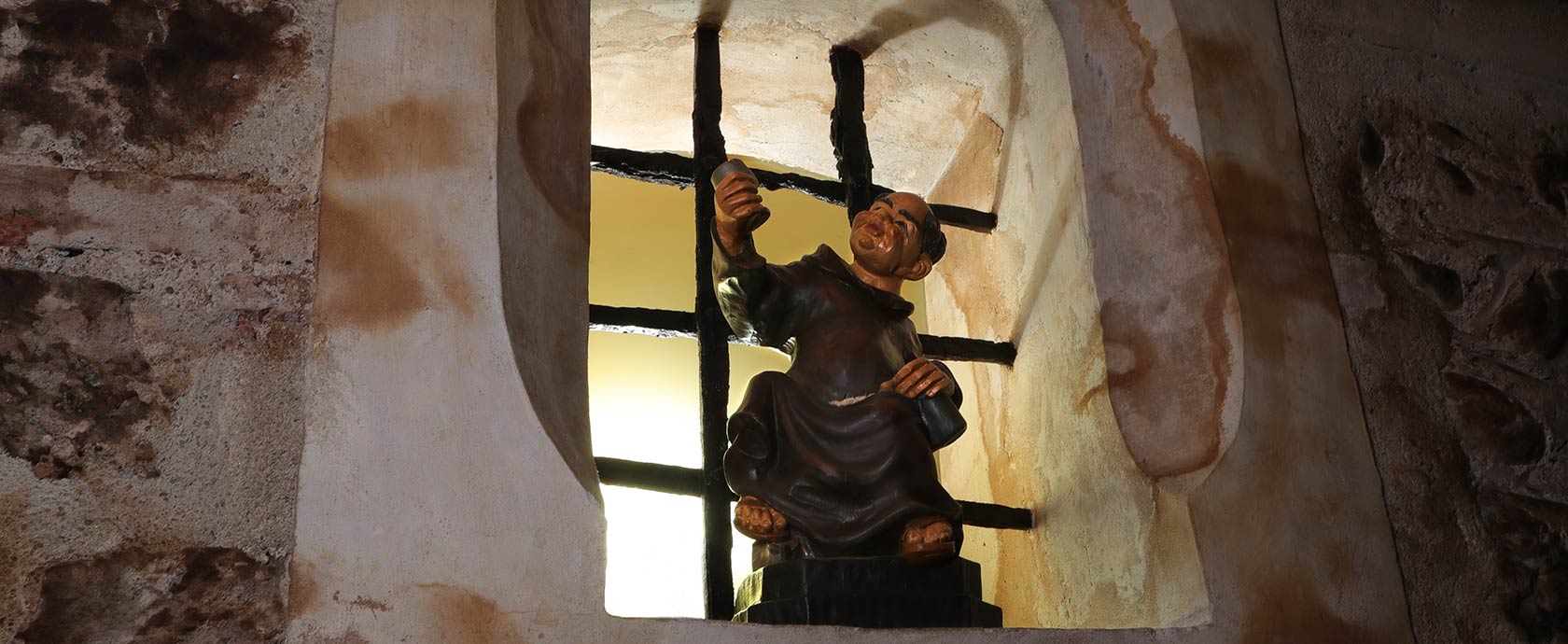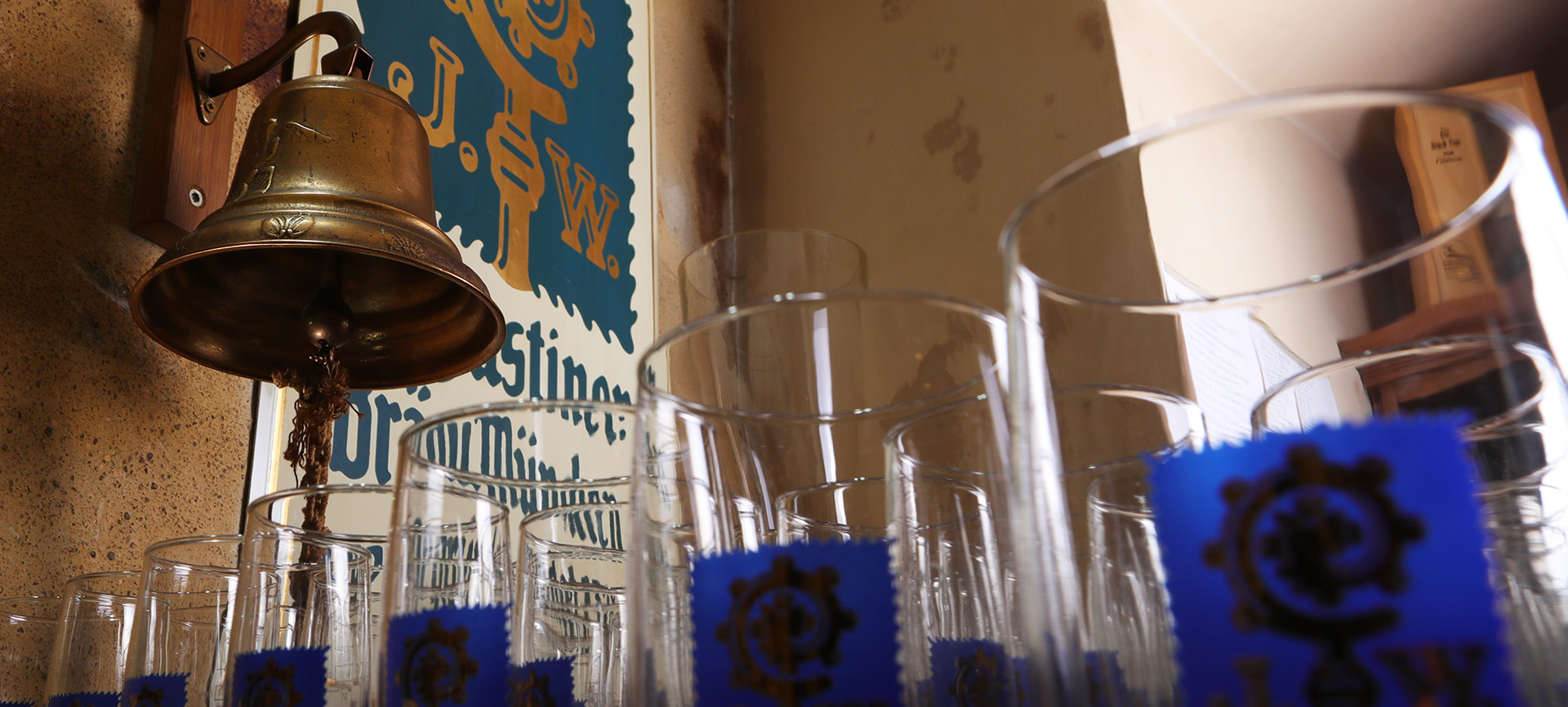The staff at Stiftskeller
We are very proud that so many staff members are working with us since we opened our doors in 2008. Nevertheless, there are sometimes jobs available in our kitchen or service team. We are a young dynamic team that always needs support due to the spacious beer garden and the numerous dining areas (up to 800 seats). Even if there are no jobs available at the moment do not hesitate to submit us your curiculum vitae.
We are looking forward!
Good to know
about Stiftskeller Innsbruck
The House
Stiftskeller is situated in the heart of the Innsbruck old town. With its dining rooms and more than 800 seats it features the perfect setting for a snugly family party, a pompous wedding or a successful business party.
The largest beer garden of Innsbruck right at Franziskanerplatz is perfect to start your summer days with a morning pint or a typical Bavarian veal sausage breakfast, or maybe end the day with a cool Augustiner beer and traditional Tyrolean delicacies.
Our small garden situated at Stiftgasse offers a shady place for our guests on warm summer days. Immerged into the flair of the old town you may watch the everyday hustle and bustle reflecting the typical Innsbruck.
It is hardly possible to miss Stiftskeller, thanks to its ideal location between the regional theatre, the newly opened Kaufhaus Tirol and the town’s most important symbol – the Golden Roof. With 7 entrances you should soon find your way to us and enjoy the delicious hop juice by Augustiner brewery.
Bavarian Beer And Tyrolean Delicacies
An unparalleled combination throughout Tyrol! At Stiftskeller specialities from local cuisine are served. For the small appetite there are fresh salads or different sausages. And to quench your thirst Augustiner brewery delivers weekly the delicious hop juice right from Munich.
Edith Haberland Wagner Foundation
The Edith-Haberland-Wagner foundation as main owner of Augustiner brewery Munich has already taken over some non-profit projects in the German-speaking area and has been active in Tyrol for some time. Stiftskeller has been completely modified and renovated by this foundation, opened the doors in 2008 managed by Burkhard Pederiva and has been gleaming in new splendour since then.

History
In February 1765 the news reached Innsbruck, that the wedding of Grand Duke Leopold of Tuscany with Maria Luisa of Spain, daughter of King Charles III. of Spain will take place in the capital of Tyrol. In the course of the festivities Innsbruck awaited also Empress Maria-Theresa and her husband Emperor Franz I.
On August 18 in the evening the whole imperial family attended an opera performance. Emperor Franz felt sick and left the theatre accompanied by his son Archduke Joseph. Only a few moments after both had left the Hofburg, Franz I. died in the arms of his son due to a stroke.
The desperate pain of his wife Maria-Theresa was boundless and she decided to dedicate the rest of her life to his remembrance founding a convent situated in the Hofburg for twelve noble women that should dress in mourning and remember the deceased emperor every day in prayers.
Empress Maria-Theresa charged Sophia Clara, Freiin von Enzenberg and Countess Guidobalda Cavriano with the preparations for the convent’s foundation and to preside over it as deans.
The solemn opening of the convent took place on December 8, 1765, where gubernatorial president Count Enzenberg held an obituary for Emperor Franz I. underlining the great honour for the town of Innsbruck to house an imperial convent. He also mentioned the particular position of the convent that should be from now on a monument for the emperor.
In 1766 the old castle at Rennplatz was broken down as ordered by the empress, turning the foundation walls into a modern rococo palace. The so-called “external castle” and two neighbouring burgher houses at Burggraben built the convent.
According to the plans by Clemens Holzmeister by beginning of the year 1930 the reconstruction of the convent rooms situated at ground level took place, which had once served as stables and depots. By Easter of the same year the new, large ale house “Stiftskeller” was opened.
